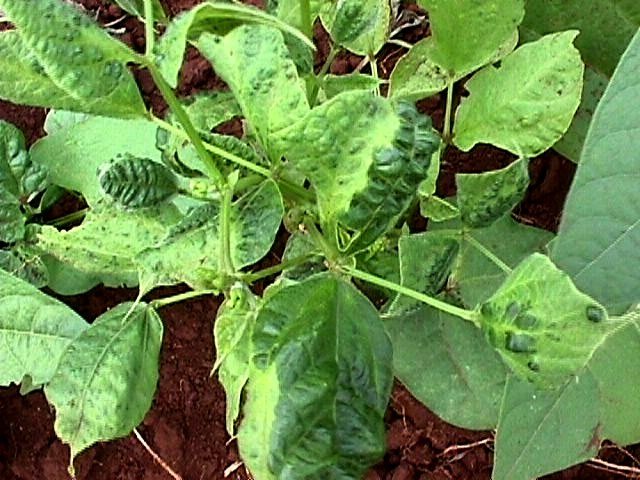
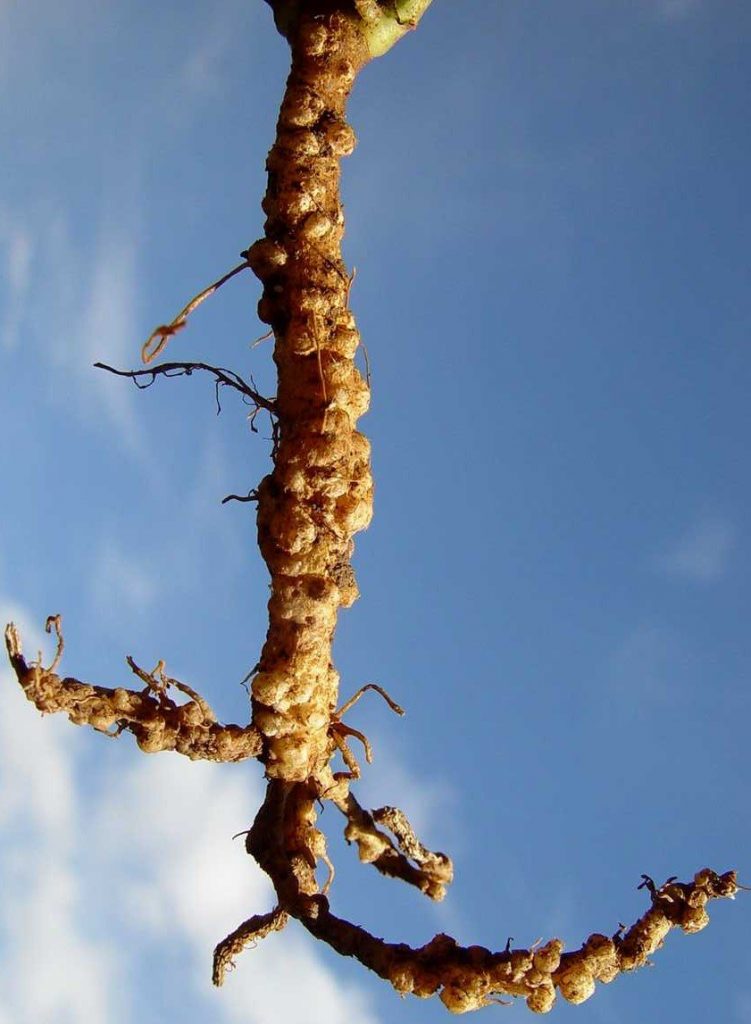
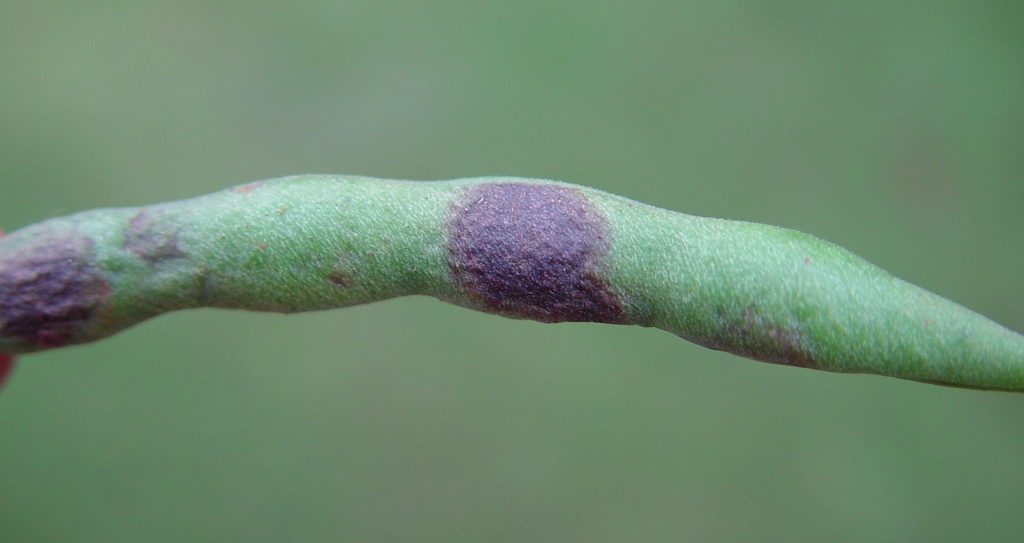
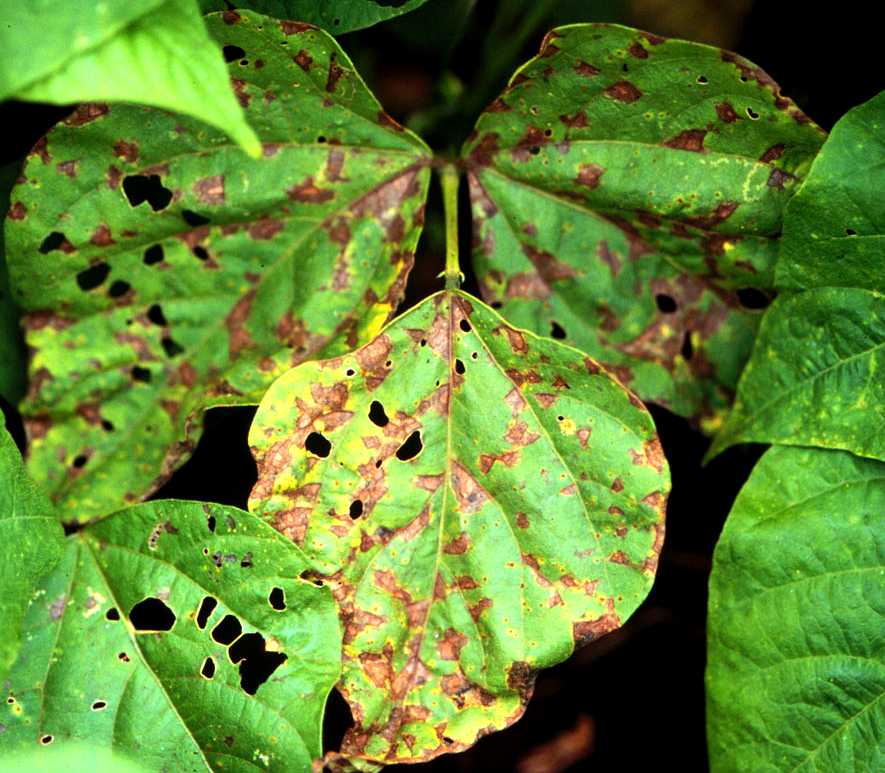
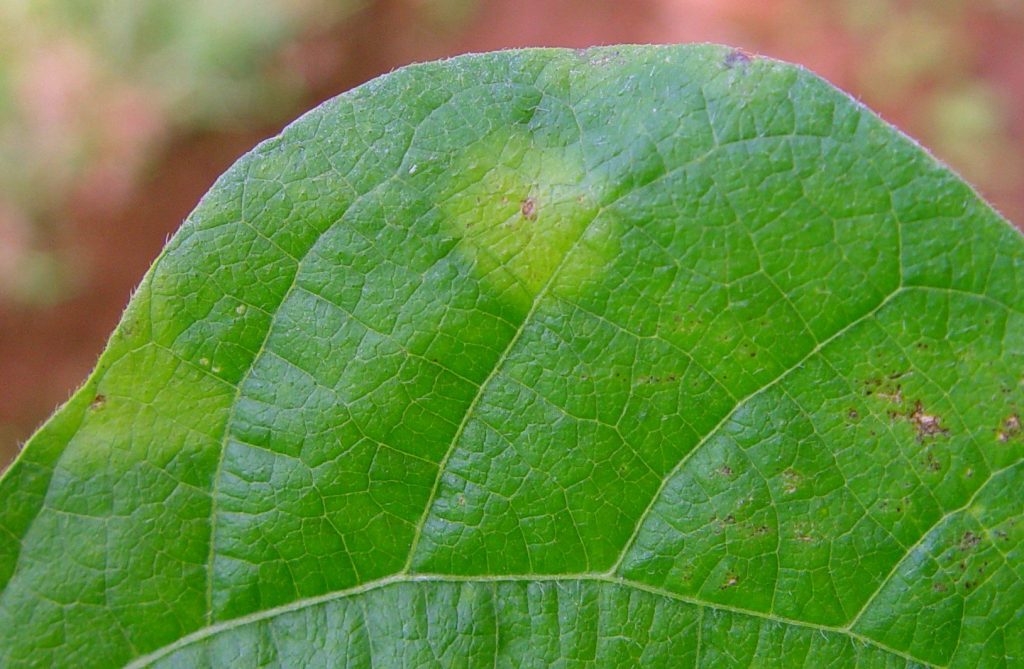
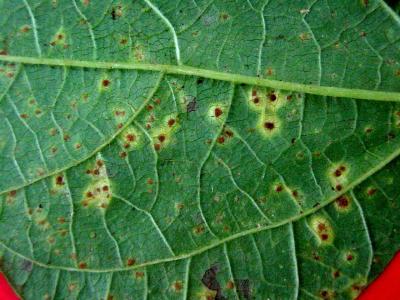
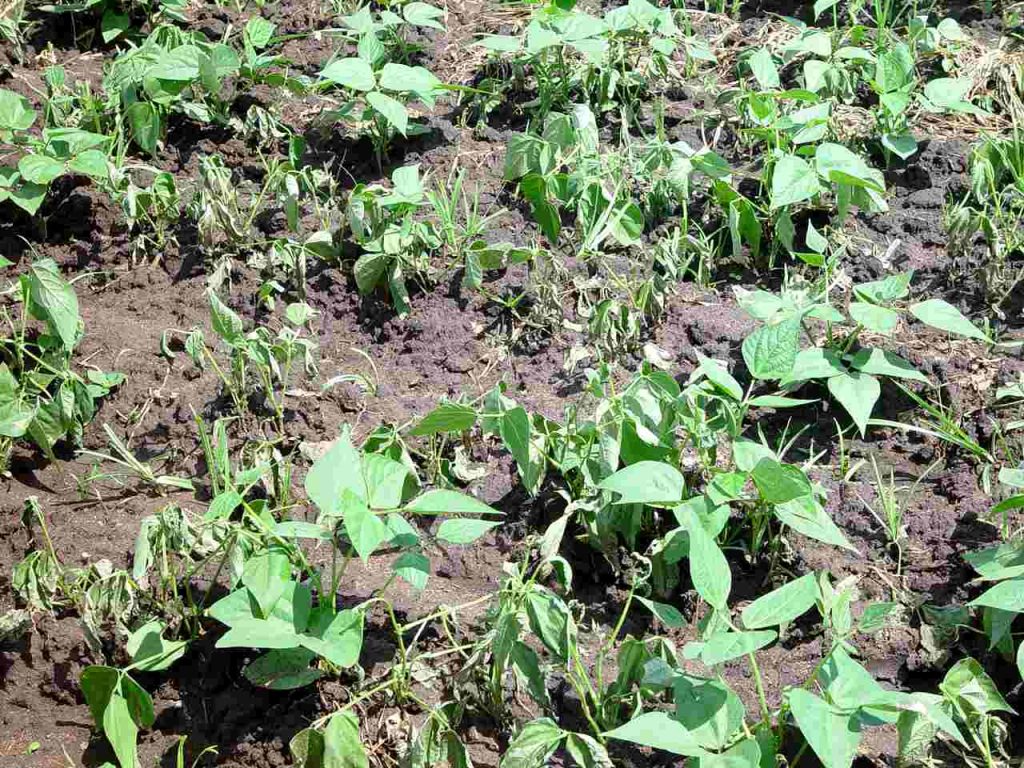
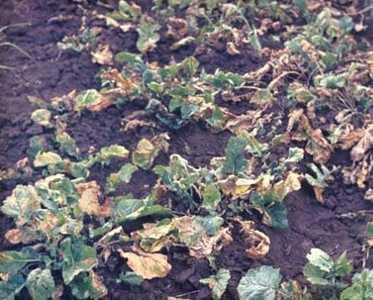

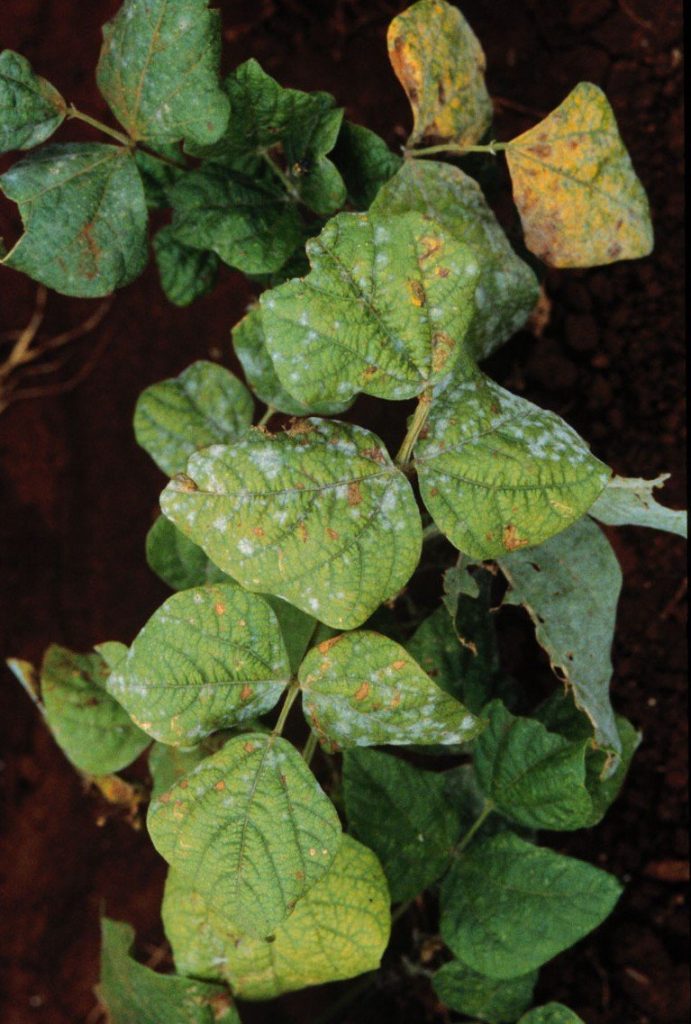
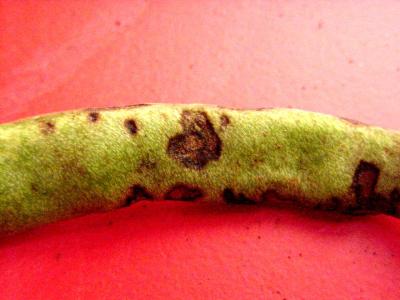
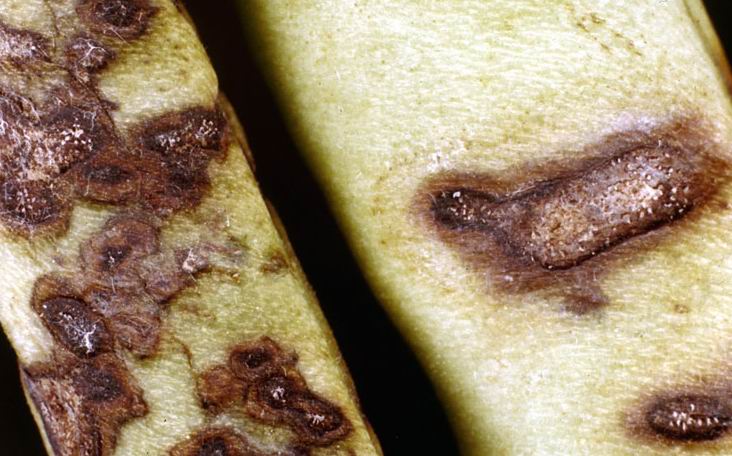
Portal for the icow Apps content












Credits:Biovision-Infonet
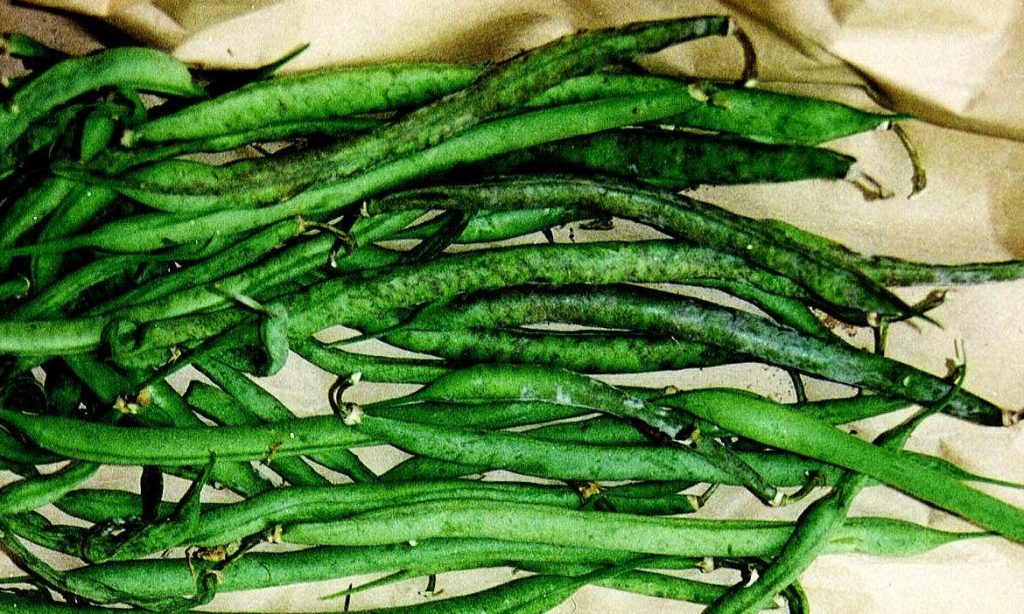
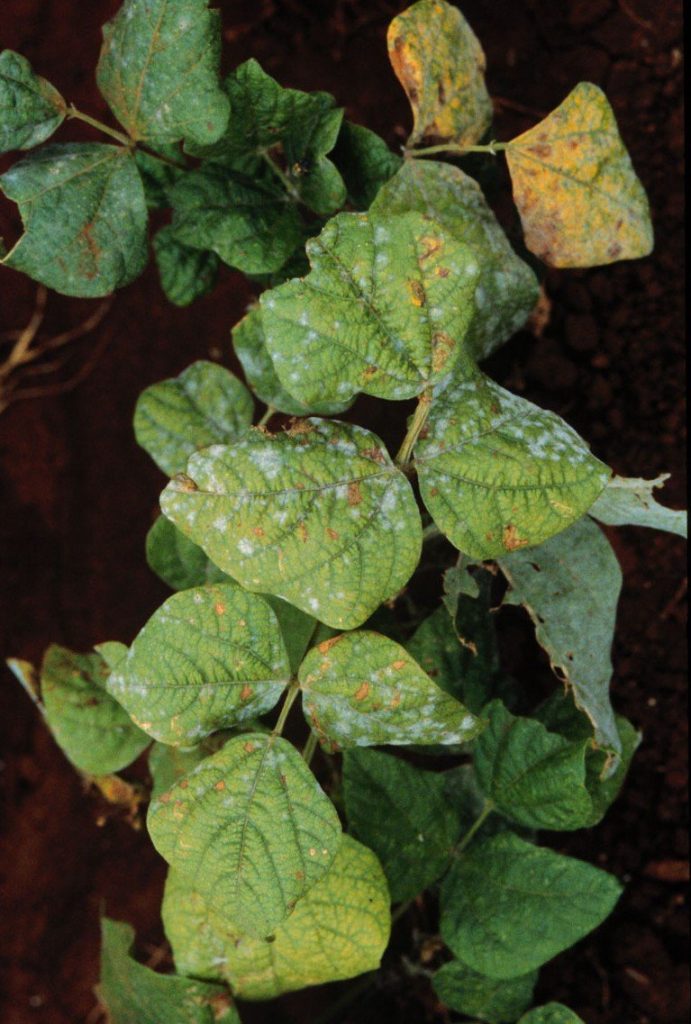
A white powdery mould appears on the upper leaf surfaces. Severely diseased leaves turn yellow and die. Leaf petioles, stems and pods can also be affected.
What to do:
(Colletotrichum lindemuthianum)
Credits:Biovision-Infonet
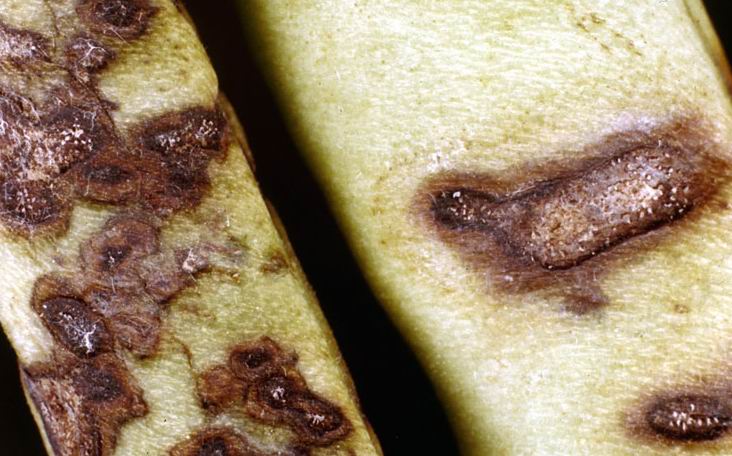
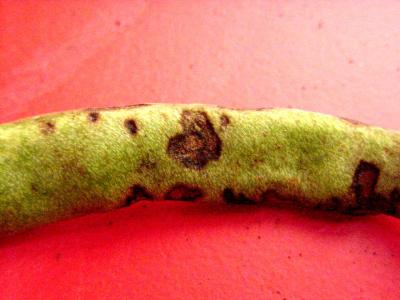
Symptoms of anthracnose can appear on any plant part. Pale brown sunken spots may appear on the cotyledons of infected seedlings. Water may spread the disease to the hypocotyl, which if girdled, kills the seedling. Lesions on leaves are dark brown. They are restricted to the veins on lower leaf surface. On stems, lesions are elongated and sunken. On the pods, the fungus produces black, sunken lesions. These lesions penetrate deep into the pods and may cause shrivelling of the young pods. Infected seed become discoloured changing to yellow through brown to black.
In damp weather, the centres of anthracnose lesions become covered with a pink spore mass. The disease is seed-borne.
What to do:
Credits:Biovision-Infonet
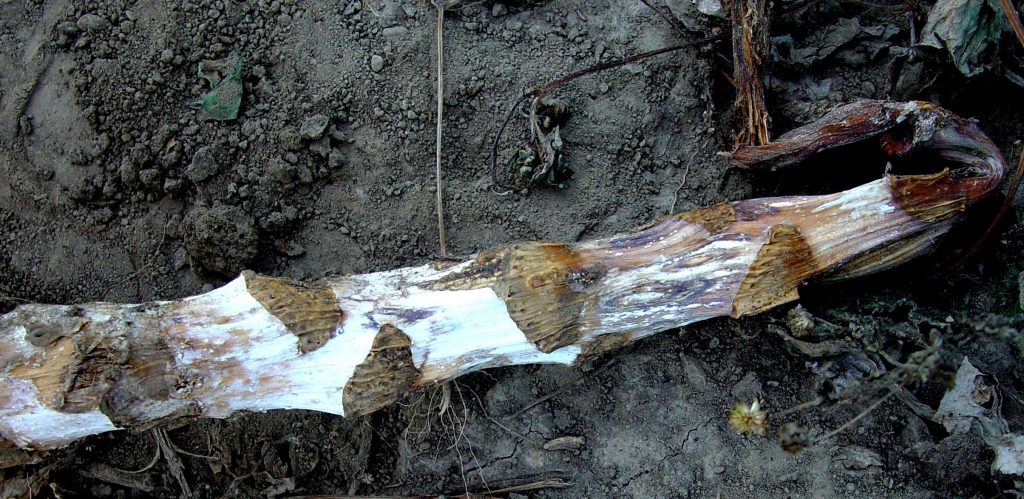
Sclerotinia sclerotiorum is a fungus which can survive on infected tissues, in the soil, and on living plants. It causes white mold on cabbage, soybeans, green beans, sunflowers, canola, and peanuts. S. sclerotiorum affects young seedlings, mature plants, and fruit in the field or in storage. Cottony rot begins as tan, water-soaked, circular areas, which become covered by white, cottony fungal growth. As the disease progresses, the host tissue becomes soft and watery. The fungus eventually colonizes the entire cabbage head and produces large, black, seed like structures called sclerotia on the diseased tissue. Plants with root infection often wilt and die prematurely.
What to do:
Credits:Biovision-Infonet
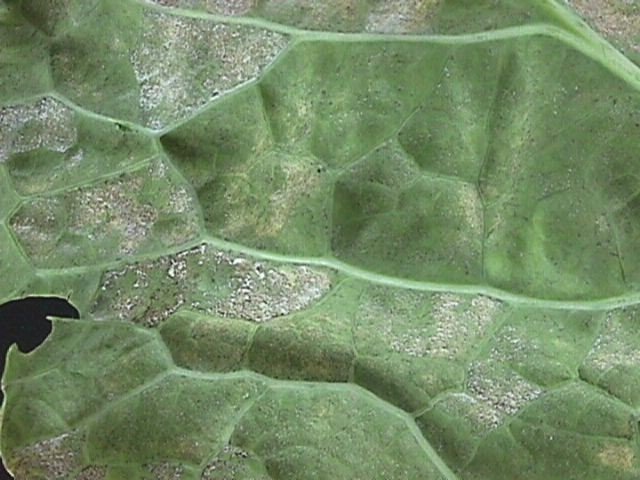
Downy mildew is caused by a fungus which mainly attacks foliage. It is responsible for substantial losses in seedling production, especially during the cooler months. Young cabbage plants are more susceptible than older plants. The powdery white spores are the major means of dispersal of the fungus, especially once it is established within seedlings crops. Spores are produced overnight and released the following morning as the air dries out. They are dispersed by wind and rain splash. Downy mildew disease development is favored by cool, moist conditions.
Downy mildew disease is first seen as a fluffy or powdery-white mass of spores on the undersurface of brassica seed leaves (cotyledons). This is followed by a black speckling and puckering of the upper surface. Leaves prematurely yellow and fall from the plants.
Symptoms on mature plants in the field are generally confined to the leaves closest to the ground. The fungus produces spores on the under surface, and brown to black, sunken, angular, pepper-like lesions on the upper surface of leaves. The fungus can cause black lesions on cabbage heads and breakdown of cauliflower curds in storage.
What to do:
(Mycosphaerella brassicicola)
Credits:Biovision-Infonet
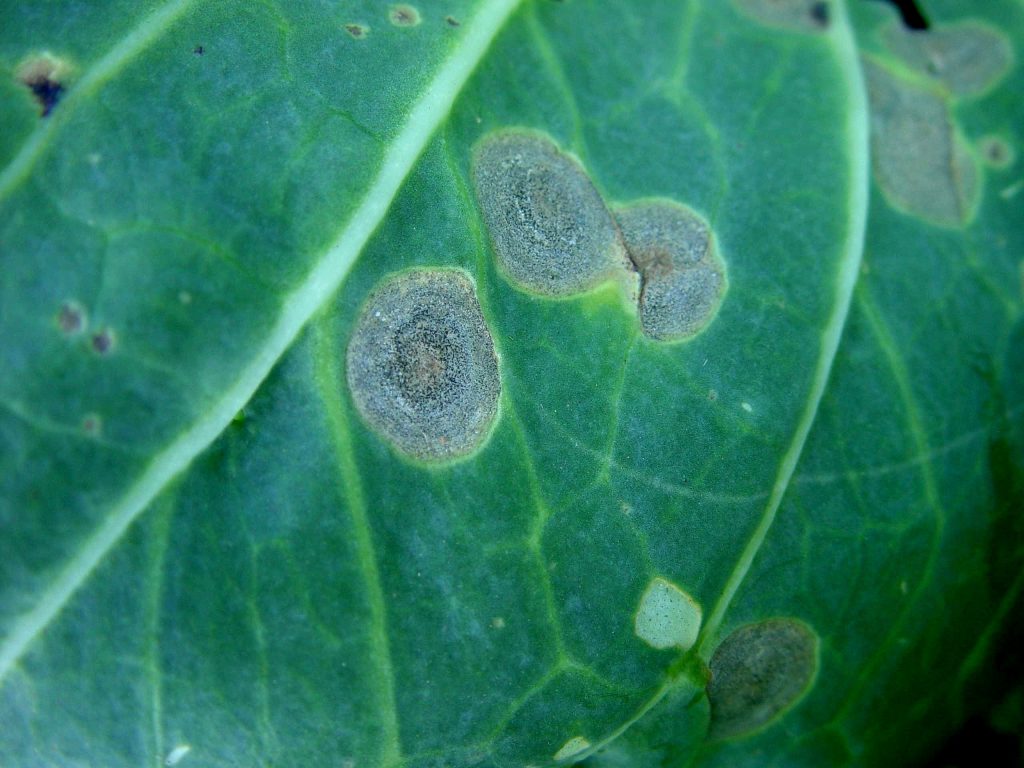
Ring spots are small, purple spots surrounded by a ring of water-soaked tissue on leaves which mature to brown spots with olive green borders 1-2 cm wide. The spots may develop numerous fruiting bodies which give them a black appearance or develop a concentric pattern. Heavily infected leaves may dry up and curl inwards. Ring spot requires cool, moist conditions to develop.
What to do:
Credits:Biovision-Infonet
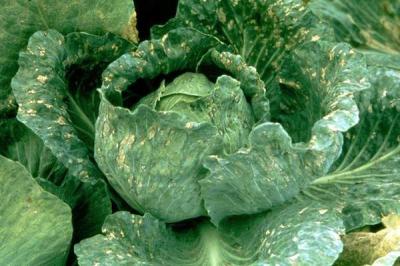
The first symptoms to develop when Brassica seedlings are inoculated with TuMV are chlorotic spots on inoculated leaves, mottling followed by systemic vein clearing, mosaic and/or necrosis, leaf distortion and often stunting. What to do:
(Pythium spp., Rhizoctonia solani, Fusarium spp.)
Credits:Biovison-Infonet
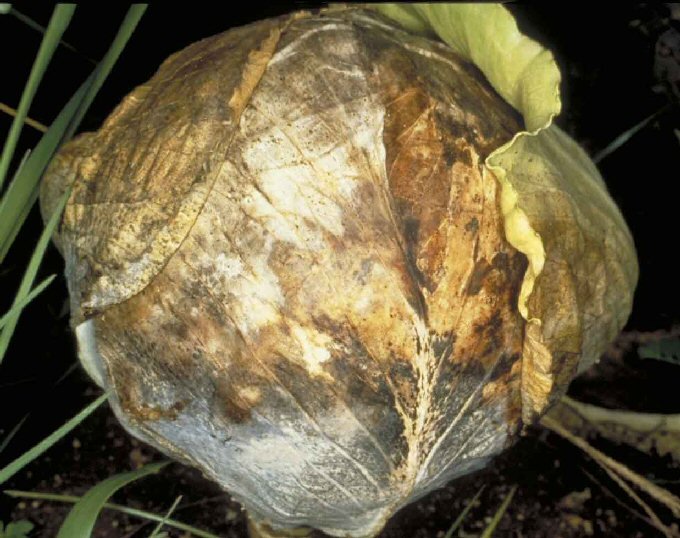

In crucifers, several fungi (e.g. Pythium spp., Rhizoctonia solani, Fusarium spp.) can cause damping-off diseases.
Characteristic is wirestem of seedlings caused by Rhizoctonia solani in the seedbed, bottom rot and head rot in the field, and storage and root rot of horseradish, radish, rutabaga and turnip.
Damping-off diseases are favoured by cool, wet soil conditions.
What to do:
Credits:Biovision-Infonet
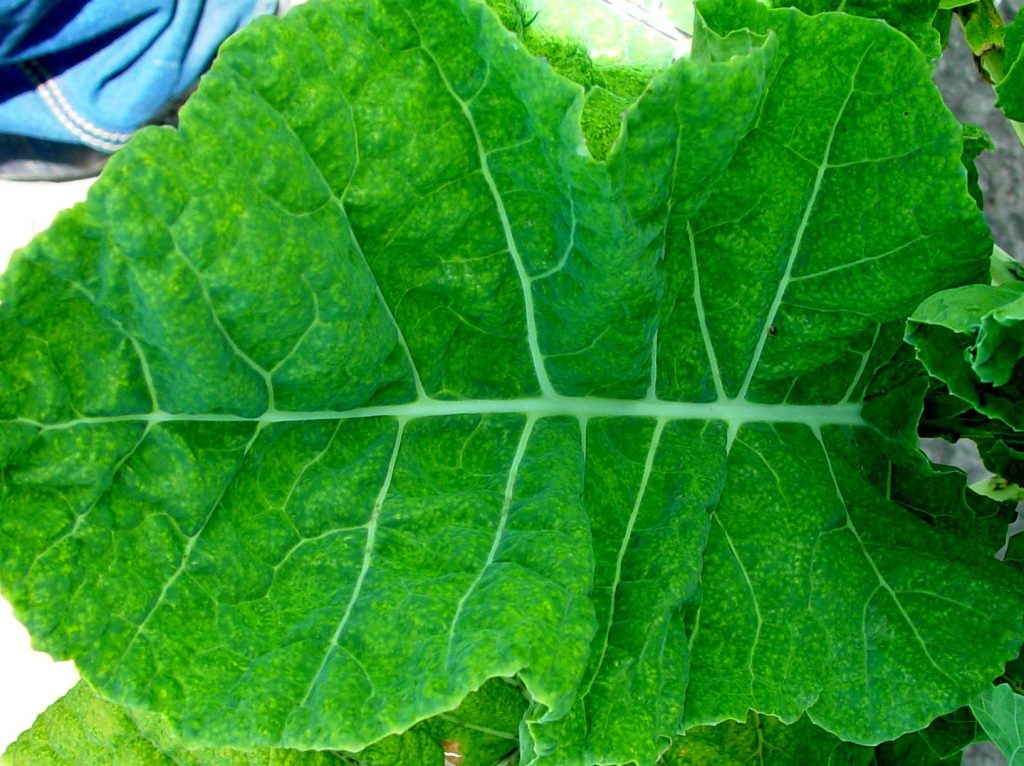
It shows systemic symptoms such as a clearing along the leaf veins (vein clearing). This often is seen first at the base of a leaf. Later symptoms appear as dark green areas along veins (vein banding) and necrotic spotting of the leaf. Chinese cabbage is particularly susceptible to CaMV. In addition to vein clearing a striking mosaic may develop with light and dark green areas seen on the leaves. Plants can be stunted. The main source of CaMV are plants of an infected brassica crop or cruciferous weeds on which a vector has over-seasoned. The virus is transmitted by many species of aphids, such as the cabbage aphid.
What to do:
(Cercospora brassicicola)
Credits:Biovision-Infonet

Cercospora leaf spots is caused by the fungus Cercospora brassicicola. Leafspots vary in colour from pale green to white and generally are bordered by brown tissue. They may be circular or appear angular. Severely affected plants may become defoliated. This disease is not economically important in the East African region.
What to do: